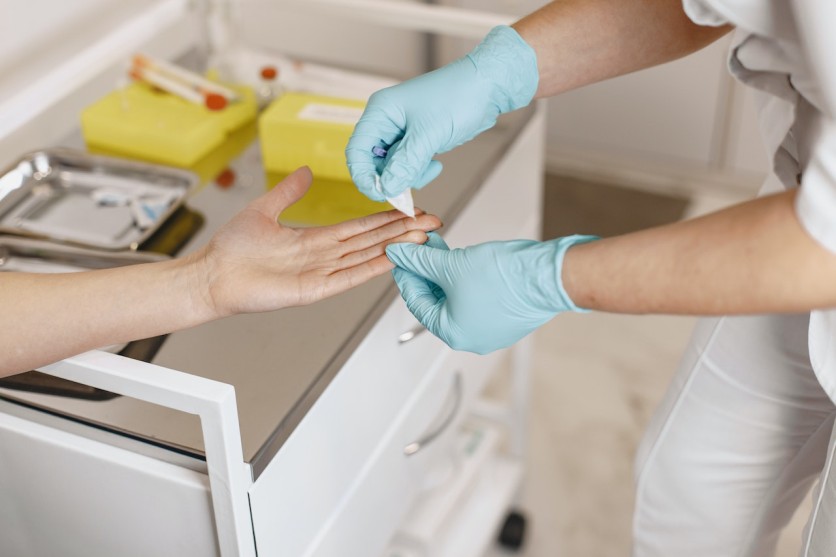
Soon, we may have a "smart bandage" that not only tracks the progress of healing but also administers antibiotics directly to the wound and stimulates new tissue development with electrical signals.
In a report by The Guardian, scientists have devised a revolutionary bandage to monitor chronic wounds and assist in their healing. Experts hope this innovation will be useful for individuals with diabetic ulcers, burns, and non-healing surgical wounds.
Next-Level Bandage for Wounds
A stretchy, wireless, bioelectronic system that can attach to the skin has just been developed by researchers, and it may help wounds heal.
Dr. Wei Gao, a co-author of the study from the California Institute of Technology, or Caltech, said the device comprises two parts: a reusable, flexible printed circuit board and a disposable patch. "The disposable patch contains biosensors, electrodes, and drug-loaded hydrogels."
The wound's temperature, pH, and levels of chemicals like glucose, uric acid, and lactate can all be measured thanks to the biosensors in the smart bandage device. These data can then be used to determine if the wound is infected and how severe the inflammation is.
The technology makes it possible to apply electrical stimulation, a method that has been shown to promote wound healing but which has been limited by heavy equipment until now. It also allows anti-inflammatory and antibacterial medications to be delivered gradually.
Gao claimed that all the signals can be remotely sent to a user interface, either a computer or a mobile phone. "We can wirelessly control the drug release by applying electrical potential," he added.
The Magic of Science
The research team reports their success in using smart bandages to monitor temperature, glucose levels, and wound fluid pH in diabetic mice and rats both before and after infection. As predicted, these parameters shifted both before and after the mice were treated.
In addition, when mice were treated with smart bandages that released drugs and applied electrical stimulation, the wounds healed more quickly and with less scarring than in unbandaged mice.
Currently, the smart bandage has a lifespan of one to two weeks. The team estimates that the reusable electronics component will cost in the tens of dollars, while the disposable patch will be in the low single digits.
Although further research is required, including trials with pigs and people, Gao has expressed optimism that the smart bandages will be employed in hospitals within the next five to ten years.
Some Puzzles to Solve
University of Edinburgh skin wound research group main investigator Dr. Jenna Cash, who was not involved in the study, praised it as "beautiful work." She lauded the proposal, calling it "really exciting" and "a great step forward."
However, Cash noted that mysteries remained. "Part of the issue we have [with chronic wounds] is that we don't really understand the mechanisms by which they form. And without us understanding the precise cellular and molecular mechanisms behind their formation, and their persistence, it's tricky to try and figure out how to reverse that process," she remarked.
Cash asked whether the new gadgets' readings would apply to actual chronic wounds in people, which may already be infected and may not heal like rodent wounds. Another concern was that chronic wounds varied in size and fluid production.
This research has been posted in the journal Science Advances.

ⓒ 2025 TECHTIMES.com All rights reserved. Do not reproduce without permission.




